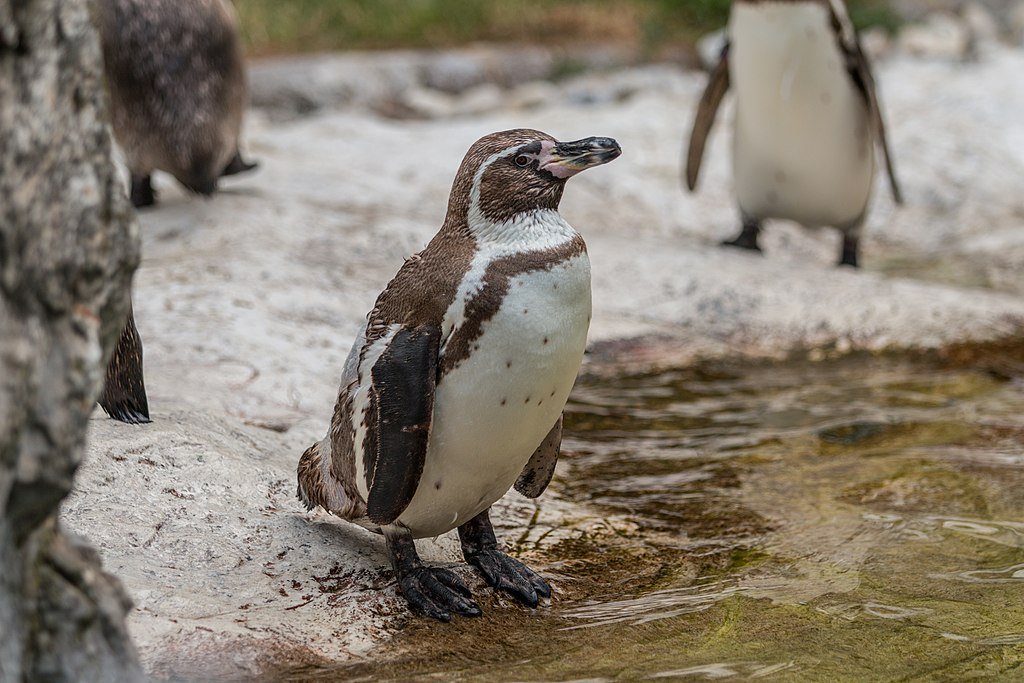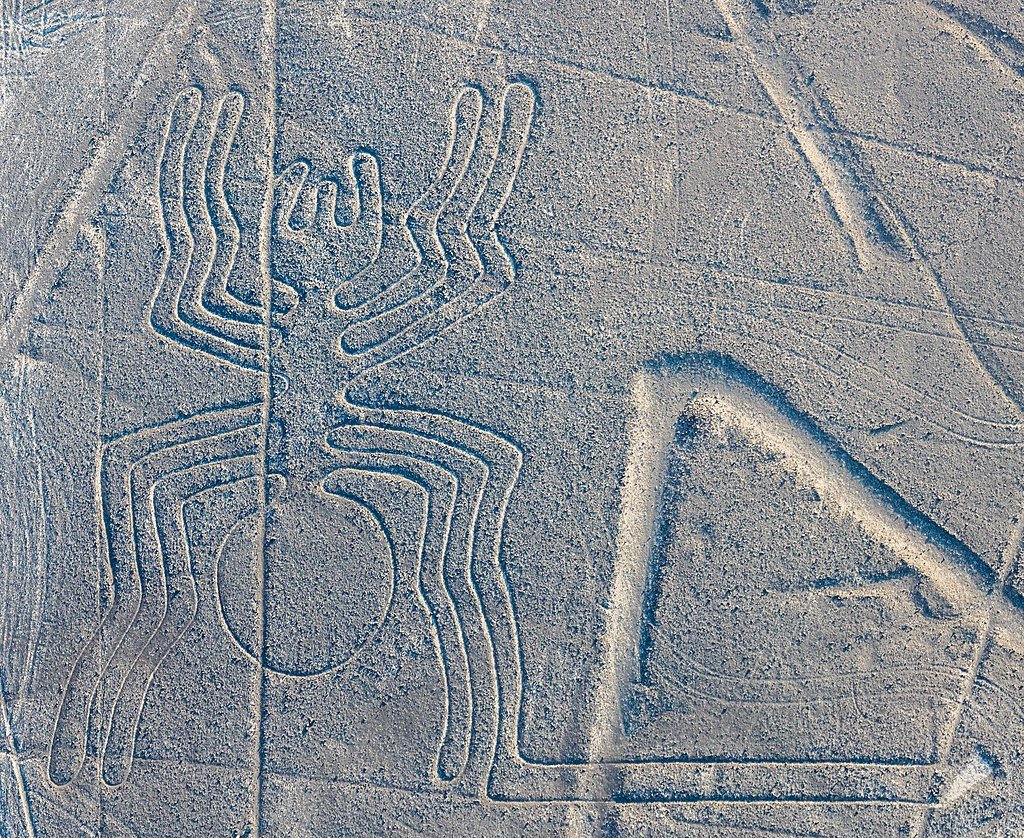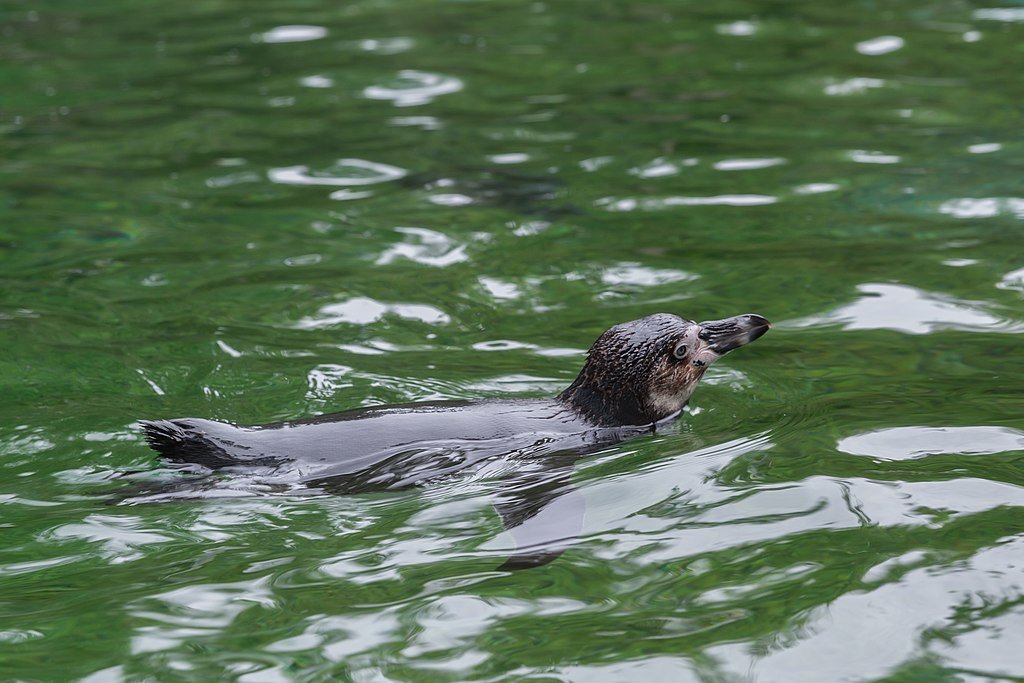A strange ceramic vessel shaped like a penguin stands out in the dry deserts of southern Peru, where the Nazca culture thrived between 100 BCE and 800 CE. It shows how curious and aware they were of their surroundings. This 1,600-year-old “Penguin Vessel,” which is now in the Art Institute of Chicago, makes us wonder: How did a civilization that lived in one of the driest places on Earth know so much about a bird that lives in cold water? And why did they make it last forever in clay? The Nazca’s deep connection to nature and a strange ocean current that doesn’t follow tropical rules hold the key.
A Tropical Desert’s Cold-Water Mystery

The Humboldt penguin (Spheniscus humboldti) is an unusual animal to live on Peru’s hot, dry coast. But these birds have lived here for thousands of years thanks to the Humboldt Current, a cold stream of Antarctic water that cools the Pacific. The Nazca lived far inland in a place with no rain, but they somehow came across these animals and drew them very well. The 8.2-inch (20.8 cm) ship, which has small wings and a big beak, suggests that the Nazca either went to the coast or traded with coastal communities that told stories (or even brought live birds) of the strange black-and-white birds.
Beyond the Nazca Lines: A Ceramic Zoo

Nazca Lines includes large depictions of animals such as monkeys, killer whales, and spiders, but it also includes some of their pottery which showcases an even richer zoological repertoire. The Nazcan “Penguin Vessel” illustrates how artists had started to transition from an abstract approach to wildlife-based hyper-realistic artwork. Alongside everyday creatures, they included fish, lobsters, and even mythical hybrids. But the “Penguin” is astonishingly rare. Unlike the sacred “Mythical Killer Whale” which appears in rituals and geoglyphs, the “Penguin” was most likely a lighthearted representation of an animal that captured their imagination.
The Humboldt Current: Nature’s Paradox

Peru’s coast is a biological puzzle due to its ecosystems hosting cold-water life. The Humboldt Current assists equatorial penguins and also aided the Nazca’s fishing and trade networks. While gathering sustenance, did they observe the penguins? Or did the sight of them portray how formidable Nazca was in surviving harsh environments, like the desert they lived in? The existence of the vessel hints that ships were used to navigate the water and such people knew the value of nature.
From Ritual to Art: The Purpose of the Penguin Pot
Nazca pottery wasn’t just pretty; it was also used in ceremonies, meals, and everyday life. It’s still not clear what the penguin vessel was used for. This pot doesn’t have any obvious religious symbols, unlike trophy-head jars or killer whale images that are linked to farming and war. Was it a toy for kids? A tool for a storyteller? Or is it just an artist’s tribute to a strange animal? It survived, which suggests it was loved, but it was rare, which means penguins weren’t as important in Nazca cosmology as orcas, which held human heads in mythic art.
A Legacy Under Threat

In modern times, Humboldt penguins face the threats of overfishing and climate change. Ironically, deforestation and El Niño floods, which led to the Nazca’s collapse, parallel contemporary environmental concerns. Their penguin pot, now an artifact on display, serves as a warning that civilizations out of touch with nature’s balance vanish, leaving behind only enigmatic pottery.
Conclusion: A Glimpse into an Ancient Mind
The penguin ship is more than just a strange object; it gives us a look into how the Nazca people saw their world. This simple pot reminds us that curiosity is timeless in a culture known for its desert carvings and trophy heads. The Nazca penguin is a testament to humanity’s eternal desire to capture life in art, even when that life waddles through tropical waters in a way that doesn’t make sense.
Sources:

Suhail Ahmed is a passionate digital professional and nature enthusiast with over 8 years of experience in content strategy, SEO, web development, and digital operations. Alongside his freelance journey, Suhail actively contributes to nature and wildlife platforms like Discover Wildlife, where he channels his curiosity for the planet into engaging, educational storytelling.
With a strong background in managing digital ecosystems — from ecommerce stores and WordPress websites to social media and automation — Suhail merges technical precision with creative insight. His content reflects a rare balance: SEO-friendly yet deeply human, data-informed yet emotionally resonant.
Driven by a love for discovery and storytelling, Suhail believes in using digital platforms to amplify causes that matter — especially those protecting Earth’s biodiversity and inspiring sustainable living. Whether he’s managing online projects or crafting wildlife content, his goal remains the same: to inform, inspire, and leave a positive digital footprint.




